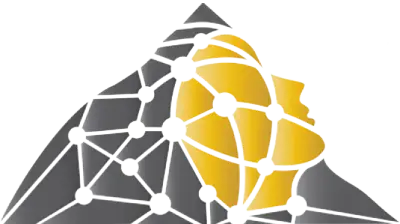

2nd -3rd session
15-30 minutes
6 to 10 sessions, usually spaced 7 to 14 days apart depending on the condition.
none
Mesotherapy is effective in treating several types of hair loss, including alopecia, genetic thinning, and loss due to stress or nutritional deficiencies.However,
its effectiveness depends on the underlying cause and individual response.
Some people may start noticing improvements in hair density within the first two weeks, but full results typically appear between 3 to 6 months after starting treatment.
You may feel mild pricking during the session due to the fine needles,but a numbing cream is usually applied to minimize discomfort.
The procedure is generally well-tolerated.
Yes, mesotherapy is commonly used after a hair transplant to stimulate new follicle growth and accelerate recovery.
It can also enhance the density of the transplanted hair.
Mesotherapy, derived from Latin words for "meso" and "therapy," is an aesthetic treatment that injects amino acids, minerals, enzymes, and vitamins into the skin's middle layer using needles. It is legal for all healthy individuals over 18 years old, but conditions may prevent its use. Treatments are customized based on the individual's health status, age, physical characteristics, and need, affecting the content injected.
Mesotherapy involves injecting special solutions into the skin's middle layer using fine needles to treat skin damage and regulate weakened blood circulation. The content depends on the application area, purpose, age, and personal needs, including vitamins, amino acids, and minerals.
Mesotherapy is an outpatient treatment method that involves a physical examination and diagnosis of discomfort. An anesthetic cream is applied to the application area, using disposable needles and suitable solutions. Mechanical guns may be used for frequent injections. An angled injection is made to the middle layer of the skin, with small amounts of solution injected. More sessions can be done according to the specific skin area's need. This treatment method does not require dressing and can be continued without side effects if no side effects occur. If no side effects occur, the patient can resume their normal life.
Three types of mesotherapy are:
Each based on the injection technique used.
Other types depending on the application area. Include:
Mesotherapy is a popular aesthetic procedure that involves the application of substances such as amino acids, enzymes, hormones, minerals, vitamins, antioxidants, and hyaluronic acid to the skin. These substances stimulate collagen and elastin, which keep the skin alive and tight. They accelerate blood circulation, regulate immune response, and circulation in the lymphatic system, resulting in skin renewal. Subcutaneous tissue is repaired, and loosened tissues regain firmness and rejuvenation. Results and success rates depend on factors like the number of sessions, the correct injection ratio, and the individual's health condition.
Mesotherapy is suitable for individuals over 18 years old, based on their health status and the region to be treated, determined through health screening.
Hair mesotherapy is a non-surgical procedure that promotes hair regeneration without surgery, treating issues like alopecia, excessive hair loss, and baldness. It helps reduce dandruff and promotes hair growth. Hair loss is often caused by nutritional deficiencies, hormone deficiency, poor scalp circulation, and DHT loss in men. Mesotherapy is effective for both men and women and can address hereditary hair loss. It involves injecting nutrients, minerals, and vitamins into the scalp to accelerate hair cell metabolism, increase scalp blood circulation, and eliminate scalp infections. Hair problems can be caused by genetics, stress, environmental pollution, UV rays, nutritional deficiencies, sleep disorders, and hormonal imbalances. Mesotherapy revitalizes hair follicles and prevents hair loss, especially after hair transplantation.
Hair mesotherapy is a personal treatment method that uses superficial injections to stimulate hair's natural self-regeneration and reproduction processes. The process takes 10-30 minutes and involves the use of approved medications, vitamins, and plant extracts. The treatment is recommended every two days for two to three months, with longer intervals between sessions. Results may be seen within the first two weeks, but the response period varies depending on the severity of hair loss. The final result can be achieved after six months of treatment, with some individuals experiencing results within the first two weeks.
Hair Health Benefits